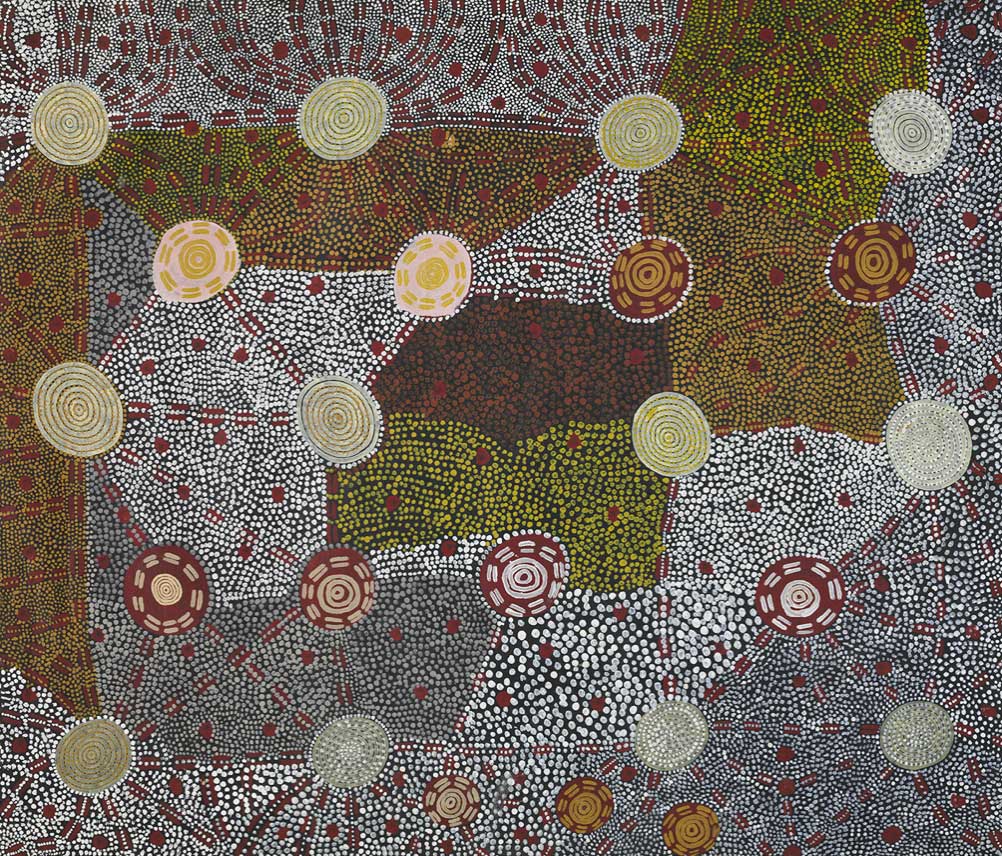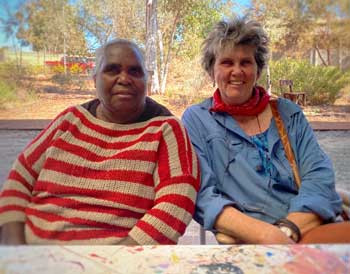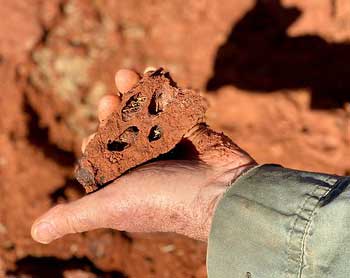
Fairy circles-barren patches which make polka-dot patterns in dry and desert areas-were first described by scientists in Namibia in the 1970s, sparking an international debate about their origins.
Now the scientific mystery about their formation has new evidence in Australia, thanks to collaborations between Indigenous people's knowledge and scientists with a research grant from the Australian Academy of Science.
The new research has been published in Nature Ecology & Evolution, authored by a cross-cultural team of researchers and Aboriginal people from Australia's Western Desert region.

The research publication is one of the few times Indigenous Australians have been co-authors on research published in the high-ranking journal.
The team is led by ethnoecologist Dr Fiona Walsh, based in Mparntwe/Alice Springs. She is an independent consultant and adjunct at the University of Western Australia, who was awarded an Academy Thomas Davies Research Grant for Marine, Soil and Plant Biology in 2020 to investigate 'fairy circles'.
Fairy circles, called linyji in Manyjilyjarra language and mingkirri in Warlpiri language, are patches over the top of both active and old termite colonies and are widespread across spinifex grasslands. Research by an international team had concluded that fairy circles came about from plants competing for water and nutrients.
"However, when we worked with Aboriginal people to look at their practices and stories, art and designs, we arrived at different conclusions," Dr Walsh said.
"Aboriginal people had told us that these hard bare 'pavements' are the homes of spinifex termites.
Deep and complex stories
"We saw similarities between the patterns in Aboriginal art and aerial views of the pavements and found paintings that have deep and complex stories about the activities of termites and termite ancestors.

"I remain surprised by what we have learnt about termites and pavements. It is as if something widely visible to Aboriginal people has been 'hiding in plain sight' to contemporary ecologists.
"Our learnings were led by Aboriginal people's knowledge with clues in artworks and scattered sources."
Dr Walsh said the Academy grant of $20,000 brought benefits far greater than anticipated.
"The funding was essential, but also the Academy's validation of the research concept, and the recognition that goes with an Academy award, gave the project vital impetus too."
In the journal paper the researchers concluded that through two-way learning, Aboriginal knowledge can lead, inform, contrast and intertwine with science.
"Aboriginal people refined their encyclopedia and authoritative knowledge when living continuously on this continent for at least 65,000 years and their knowledge is critical to improving ecosystem management and in understanding and caring for Australia's deserts," Dr Walsh said.






